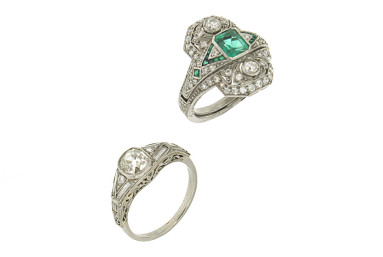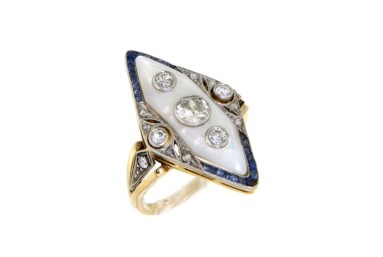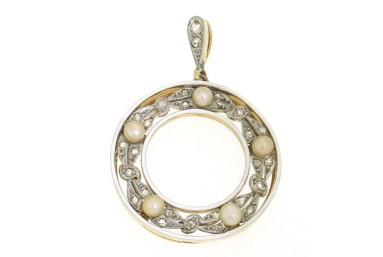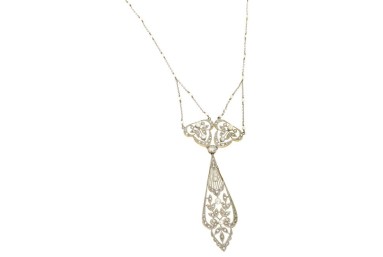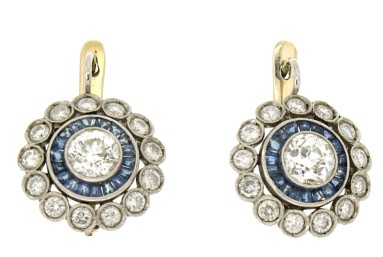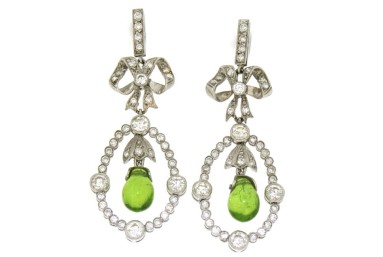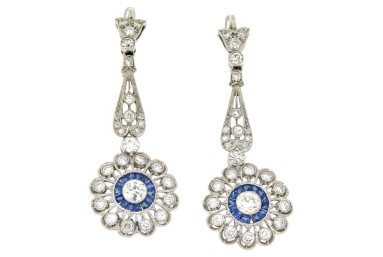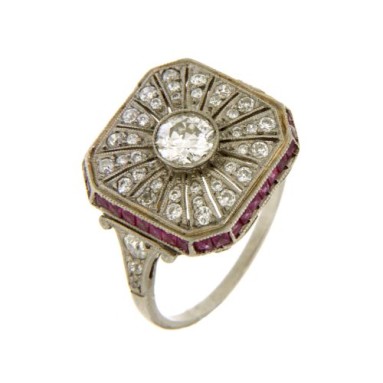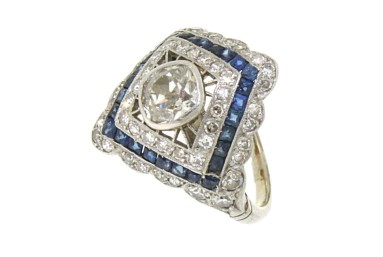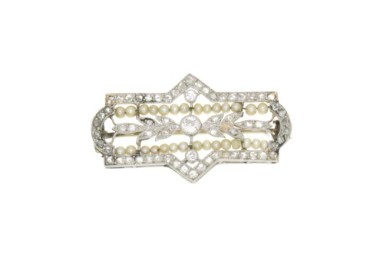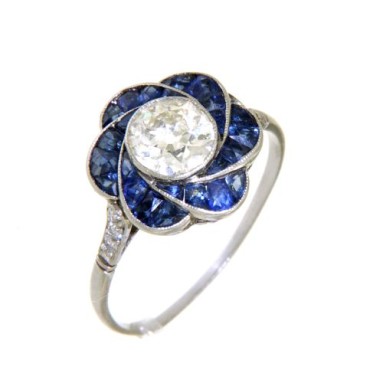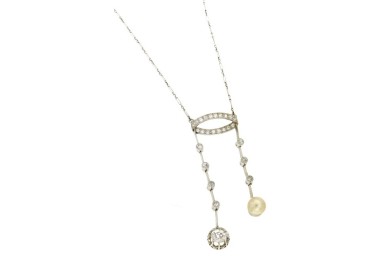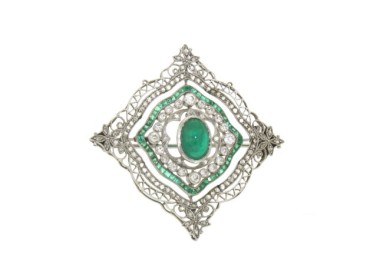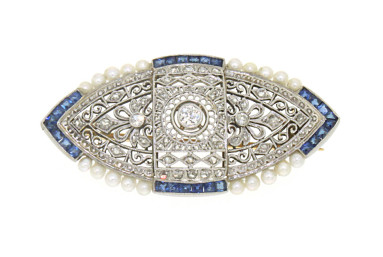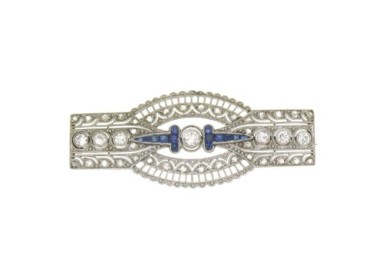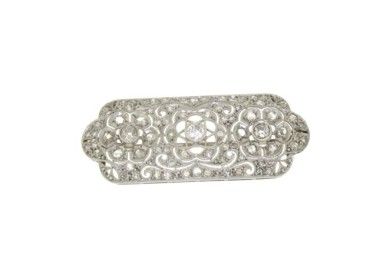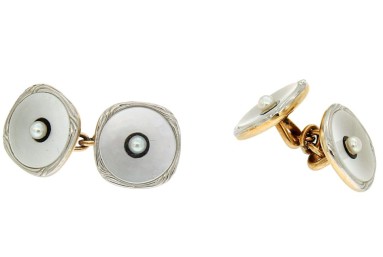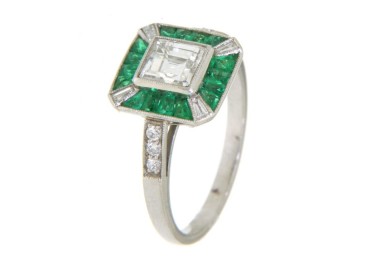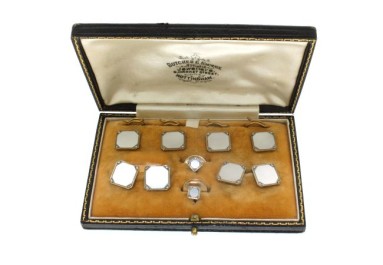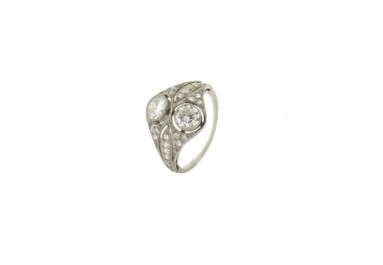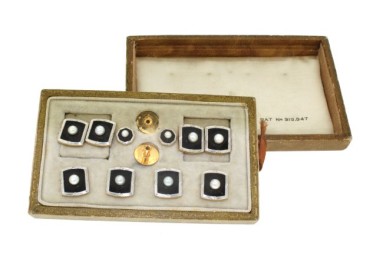Belle Epoque style (1880-1915) came from France one again, where the best makers Cartier and Boucheron looked back to the eighteenth century for inspiration, and recreated the motifs of the rococo and the Neo classical periods; garlandes of leaves anf flowers bow knots and butterflies were the subject of ethereal glittering white jewels, delicate and light.
New drawings did not fail to make their appearance, but rather than break the tradition, they once again reworked old themes.The Edwardian jewelry in England and the contemporary of the rest of Europe, which did not completely embrace the revolutionary innovations of the art nouveau, were characterized by a lightness and delicacy that had their roots in the jewelery and in the eighteenth-century jewelery.
The Louis XVI style, with its fluid rococo scrolls and its rocaille decorations, offered inexhaustible sources of inspiration to those jewelers who dared not the extremes of art nouveau, but admired the fluidity of the lines.Garlands and bows, motifs of braided ribbons, hearts and paired hearts were resurrected and became the leitmotiv of the jewelry of the early twentieth century.
The master of the style was Louis Cartier, who encouraged his designers to consult books of eighteenth-century decorative motifs and wander the streets of Paris making sketches of eighteenth-century architectural details. Wreaths, crowns of laurel leaves, bows, tassels and lace were his favorite decorative motifs. His real and aristocratic, but above all rich, clientele of the two sides of the Atlantic enthusiastically wore his delicate, articulate and light creations: colliers de chien, devant de corsages, pendants and tiaras.
The lightness and delicacy of the ornaments of the early twentieth century could not have been possible without the introduction of platinum in the field of jewelry. Platinum was occasionally used during the nineteenth century, but it was used regularly since the early twentieth century. The relatively low hardness of the silver required the use of large quantities of metal to make frames that had to be reinforced with gold in the lower part, in order to give them greater resistance and prevent the silver from oxidizing and staining the skin and clothes.
Inevitably, they had found heavy, bulky, uncomfortable objects to wear if large and destined to oxidize sooner or later. The hardness and resistance to platinum strain allowed the jewelers to minimize the amount of metal needed to make a frame, and its rust resistance ensured that these objects maintained their whiteness over time.

